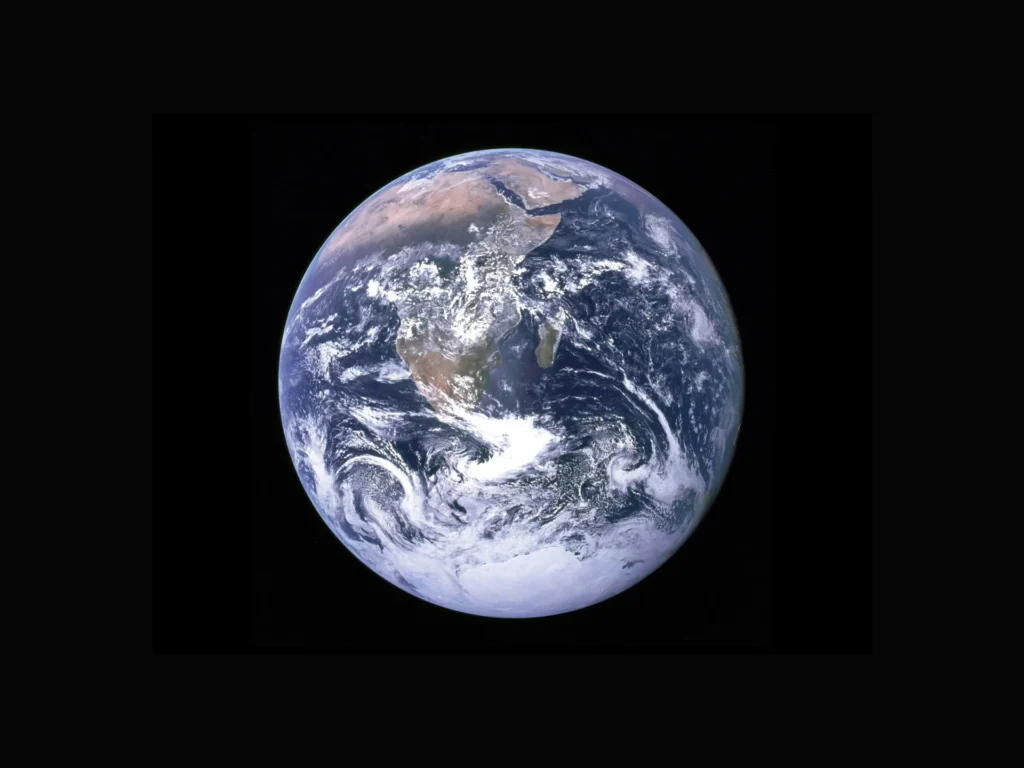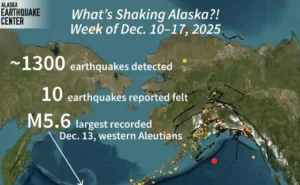A steel monolith named Earth’s Black Box will document climate change data on Tasmania’s west coast for future civilizations. Set atop a granite plain between Strahan and Queenstown; the massive steel structure is built to endure centuries of environmental damage.
Developers at Clemenger BBDO and the University of Tasmania plan to complete the project by early 2022. The black box, shaped like a city bus, is constructed from 3-inch-thick steel and powered by solar panels and battery storage.
Inside, developers have packed storage drives that constantly gather climate-related data from across the globe. An algorithm scours the internet for tweet headlines, climate policies, and global scientific data and stores them for posterity.
Engineers estimate the box can preserve three to five decades of data before its storage capacity is exhausted. The system collected data during the COP26 summit in Glasgow, logging political discussions and scientific findings in real-time.
The goal is to achieve everything: carbon dioxide levels, ocean acidity, temperature rises, energy consumption, and even military spending. Developers aim to hold global leaders accountable by permanently making their actions or failures available to future generations.
They hope this visible documentation might pressure politicians to act decisively on climate change. To future-proof its contents, the creators plan to encode data on steel plates using mathematical and symbolic language similar to the Rosetta Stone.
Gaining access will not be easy; deciphering the information will require intelligence, context, and advanced tools. Though skeptics question whether the project is a marketing stunt, its creators insist the message behind it remains urgent.












